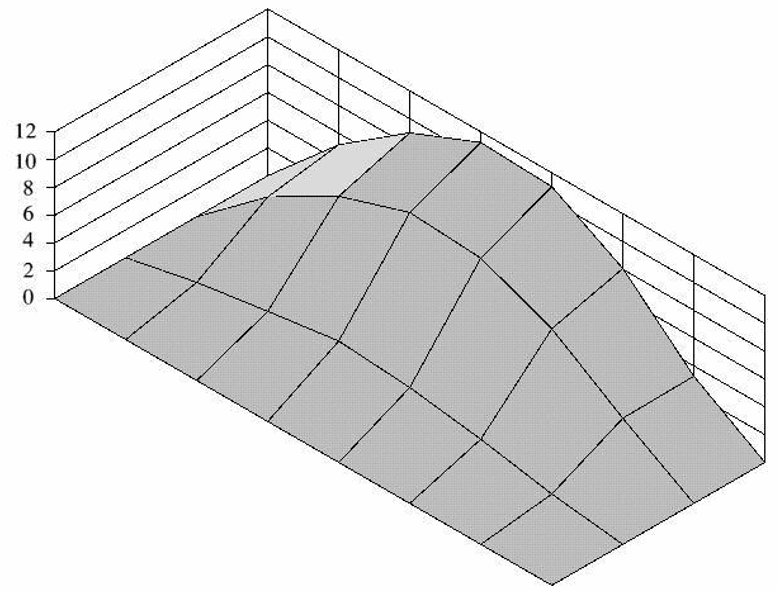R.C. de Vekey 1, W A Ferguson 2 (Construction Division, BRE),
G.J. Edgell 3 (BCRL)
ABSTRACT
The past few years have seen a growing trend towards the increased use of insulation in the walls of domestic dwellings to improve the sustainability of the housing stock. In UK masonry buildings the insulation is commonly placed in the wall cavities, and this trend has resulted in the demand for an increase in the size of the cavity. The engineering principles which are the basis of the British Code method for calculating the overall lateral resistance of cavity walls imply that cavities of any sensible width should give the same performance providing the ties behave like pin-ended struts (have adequate stiffness).
The programme of work described, was aimed at providing an empirical database to confirm the principles and extend the range of the Code which is arbitarily restricted to 150mm wide cavities in the 1992 edition.
A total of six walls were tested and the results compared with the performance of individual single leaves and archival data for other widths of cavity. The authors took advantage of the wide cavity to carry out tests to a serviceability load with the ties in tension before a final test to failure with the ties in compression (the standard test format).
The results support the principles of the Code calculation and suggest, if anything, a slight improvement in performance as cavities are widened possibly a result of partial composite action.
Keywords: masonry; cavity; wide; lateral; flexural; serviceability; first-crack; ultimate
HOUSES02



